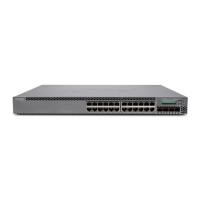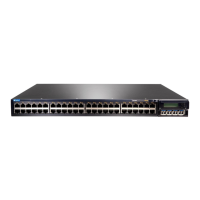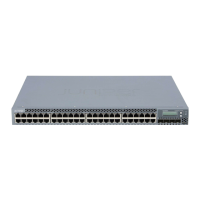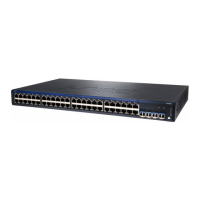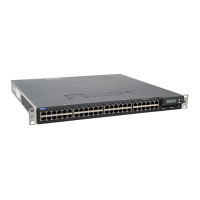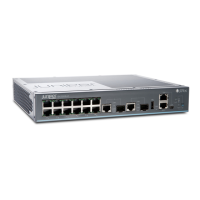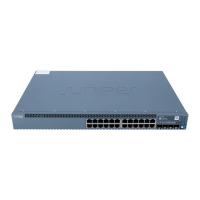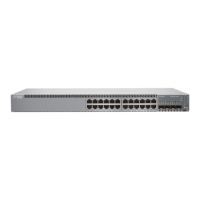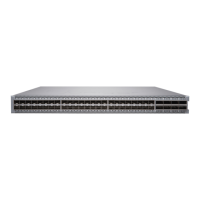discover process to obtain client configuration information and an IP address. DHCP
views the new STB as a completely new client and assigns a new IP address—the previous
IP address assigned to the client (the old STB) remains blocked and unavailable until
the lease expires. If auto logout is configured in this situation, DHCP recognizes that the
new STB is actually the same client and then immediately releases the original IP address.
DHCP relay agent acts as a proxy client for auto logout and sends a DHCP release message
to the DHCP server.
How DHCP Identifies and Releases Clients
The auto logout feature requires that DHCP explicitly identify clients. By default, DHCP
local server and DHCP relay agent identify clients based on MAC address or Client
Identifier, and subnet. However, in some cases this type of identification might not be
sufficient. For example, in the previous STB example, each STB has a different MAC
address, so DHCP incorrectly assumes that an upgraded or replacement STB is a new
client.
In order to explicitly identify clients, auto logout uses a secondary identification method
when the primary identification method is unsuccessful—the primary method is considered
unsuccessful if the MAC address or Client Identifier does not match that of an existing
client. Subscriber management supports two secondary identification methods that you
can configure.
•
Incoming interface method—DHCP views a new client connection on the interface as
if it comes from the same client. DHCP deletes the existing client binding before creating
a binding for the newly connected device. This method allows only one client device
to connect on the interface.
NOTE: The incoming interface method differs from the overrides
interface-client-limit 1 statement, which retains the existing binding and
rejects the newly connected client.
•
Option 60 and option 82 method—DHCP considers two clients as different if they have
the same option 60 and option 82 information, but different subnets.
DHCP local server and DHCP relay agent perform the following operations when auto
logout is enabled and the secondary identification method identifies a duplicate client
(that is, the Discover packet is from an existing client).
•
DHCP local server immediately releases the existing address.
•
DHCP relay agent immediately releases the existing client and then sends a DHCP
release packet to the DHCP server. Sending the release packet ensures that DHCP
relay and the DHCP server are synchronized.
If the DHCP relay receives a Discover message from an existing client, the DHCP relay
forwards the Discover message to the DHCP server. The DHCP relay preserves the
binding if the client's existing IP address is returned by the DHCP server. This behavior
is not applicable if the proxy-mode override or client-discover-match functionality are
enabled.
125Copyright © 2017, Juniper Networks, Inc.
Chapter 10: Managing IP Address Assignment
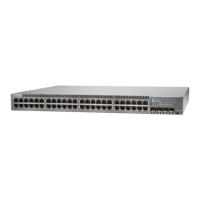
